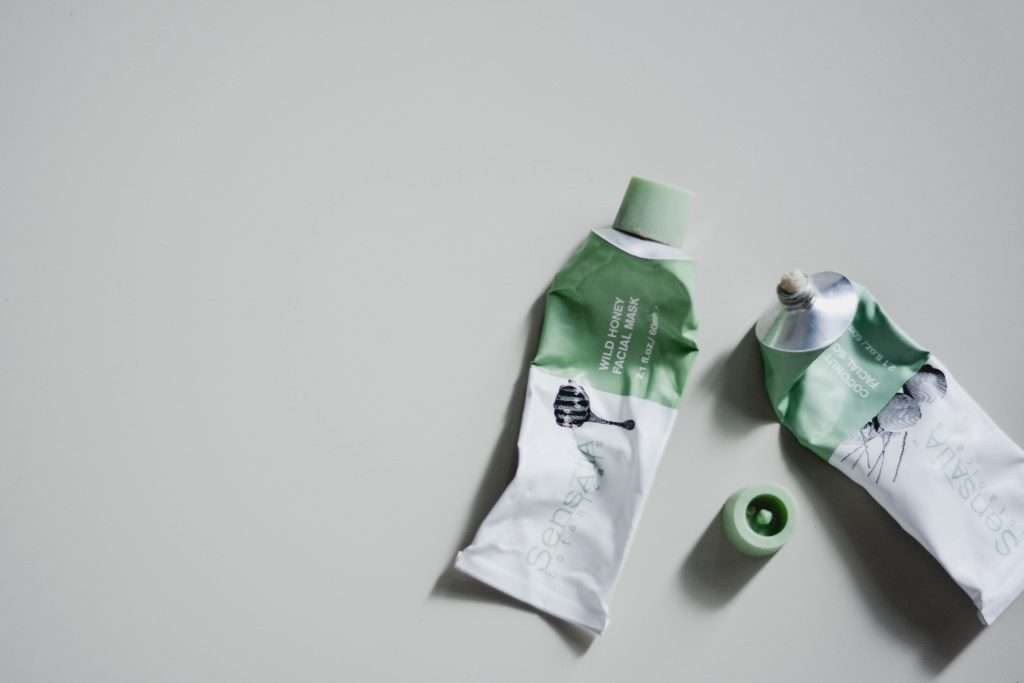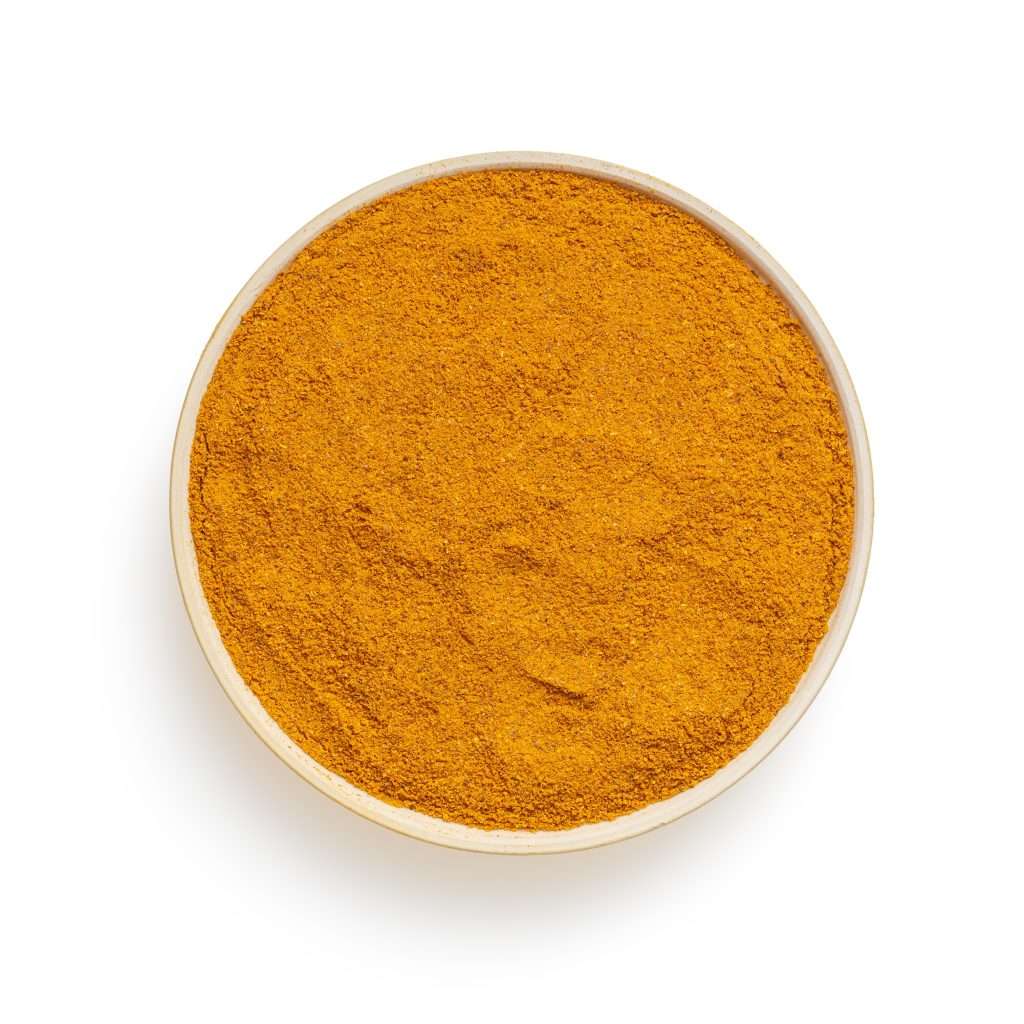We’ve been exposed to fear-based advertising to make us believe that we must use toothpaste to have good oral health. But toothpaste can actually cause us harm.
Making your own toothpaste is not difficult at all. It is also very cost-effective and reduces the waste you produce.
The risks of using conventional toothpaste
The reason we brush our teeth is to remove plaque. Plaque is a film that consists of sugar and bacteria. It is the most common cause of tooth decay. To remove plaque, we first need to know how to brush our teeth properly. If we do, toothpaste isn’t necessary. And if we don’t, the toothpaste won’t change that. Studies have shown that using toothpaste is not essential. Brushing your teeth without toothpaste is actually enough to clean your teeth. You don’t even need a conventional toothbrush. A miswak brush can be just as effective.
The manufacturers will likely disagree, as will the dentists that are sponsored by certain toothpaste brands. That being said, using only a toothbrush is enough to remove plaque. And when you don’t use paste, it also becomes easier to see and feel when you brush too hard.
Harmful ingredients
In fact, many conventional toothpastes even include ingredients that cause micro abrasions. That is how harmful the ingredients can be and often are. That combined with the prices, the plastic containers and the micro-plastics they shed, is to me more than enough reasons not to use toothpaste.
Conventional pastes usually contain abrasives, detergents and colouring. The abrasives can cause damage to your teeth if the RDA-level is over 250. Detergents make the toothpaste foam. Colouring give the toothpaste a certain appearance, often to match the brand. These three ingredients are not always safe and may contain chemicals. Toothpaste can also contain other chemicals said to make your teeth whiter, stronger etc.
The content below was originally paywalled.
Why do we use toothpaste?
Toothpaste costs money, creates waste, isn’t actually necessary and it can harm your teeth. So why do we use it?

Influenced by false advertising
We have been influenced to believe that we must use it. The influencers are the people who benefit from the increase in sales.
We rely on our senses quite a bit in life. We’ve been taught to associate a minty flavour with clean mouths and a nice breath. It can give us the illusion that our mouths are extra clean if we use something with a minty scent. The truth is that smelling like mint doesn’t mean your mouth is clean. Understandably, we all want to have nice breath, but there are other ways to achieve this. For some, the paste may help. Sometimes. But some pastes can actually make your breath worse in the long run. The ingredients can cause buildup on your tongue and reduce saliva production, both of which can have a negative impact on your breath.
Not having a breath that smells like mint does not mean that your breath isn’t nice. We need to stop associating hygiene with artificially modified scents. Be it shower gel, deodorants or toothpaste, an unnatural scent says nothing about our health or cleanliness.
Having an ideal they want to achieve

For those who smoke or drink a lot of tea and coffee, a toothpaste with promises of whiter teeth may be attractive. But such products contain chemicals that could harm your teeth. They are also not as effective as a whitening treatment would be. There are many healthy and natural ways to remove stains from your teeth and make them whiter.
Fear of tooth decay
Toothpaste balances the pH in your mouth by bringing the pH down. Acidic saliva can make it easier for your teeth to decay. The ingredient that does this is called sodium phosphate. Too much sodium phosphate can cause harm to multiple organs in your body. The heart being one of them. Granted, you likely won’t ingest such high levels from a paste, but you never know. I’d rather be safe than sorry.
If your teeth are sensitive to hot or cold beverages, toothpaste with potassium nitrate may help with that.
Why make your own toothpaste?
If you still want to use a paste, and you’re looking for a healthier, more natural and cost effective alternative, you can make your own. So how can your own measure up to the conventional ones?
For one, it won’t damage your teeth as it doesn’t contain chemicals. You can use homemade herbal oils to give it the flavour you prefer, and since they’re natural, it will be better for your breath and your health in the long run. Oregano oil for example, is anti-inflammatory and can help heal and protect your oral health.

For a natural whitening effect, you can add activated charcoal or turmeric. Both of which will give your paste a bit of colour, but without any need for chemical colouring. Turmeric is also anti-inflammatory which may boost your immune system and clear toxins from your mouth.
With natural ingredients, you won’t be in trouble even if you swallow some of the paste. The longer you use it and the more consistently you use it, the more your oral health and breath will improve. Your health in general in fact, since we absorb things very easily through the mouth. So by replacing chemicals with natural ingredients like turmeric, herbal oils, coconut oil etc, we can actually improve our overall physical health.
What do you need to make your own toothpaste?
Ingredients:
5 tbsp of organic coconut oil
1 tbsp of turmeric or activated charcoal
2 tbsp of baking soda
0.5-1 tbsp of arrow root (optional)
5 drops of peppermint oil, Vademecum or oregano oil.
Tools:
A glass jar
A spoon
A dough scraper
A mixing bowl
Measurement cups
How do you make your own toothpaste?
Mix the coconut oil with the baking soda. You mustn’t melt the coconut oil. Room temperature is warm enough.
Add the turmeric or activated charcoal and combine well.
If needed, add anywhere between 0.5 tbsp to 1 tbsp of arrowroot (optional) to help thicken the paste.
You can now add a few drops of either peppermint oil, Vademecum or oregano oil. Mix well.
Place the paste in a glass jar and use as needed.
How do you use the toothpaste?
You use the toothpaste in the same way you would use store-bought toothpaste. However, as this is placed in a jar, you should always use a small spoon to scoop up a little bit of toothpaste onto your toothbrush or miswak brush.
How long does the toothpaste last?
You will likely have used up this amount of paste long before the paste would risk going bad. Kept in the refrigerator, it could last for many months. In room temperature, at least a few months. However, this amount is about a month- or two months worth, depending on how much you use each time.
Good luck!
Discover more from Desoullife
Subscribe to get the latest posts sent to your email.
